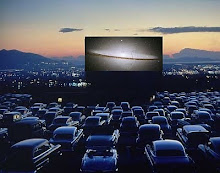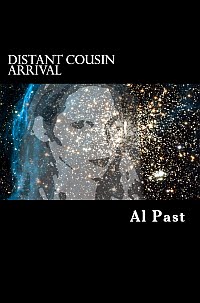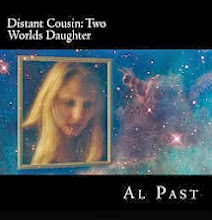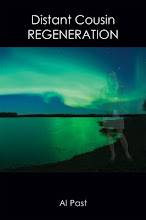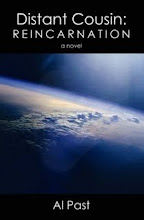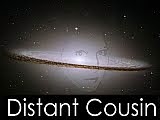
It was reported today that Stephen Hawkings, probably the most famous theoretical physicist in the world, has suggested that it is almost certain that extraterrestrials exist, and that we had better do all we can to avoid all contact with them.
Hawkings is preparing a documentary for the Discovery Channel in which, according to the reports, it is pointed out that (1) the universe contains billions of galaxies; (2), that we, even with our primitive means of detection, have discovered hundreds of planets around not-too-distant stars in our own galaxy; and (3), that the odds would seem to favor at least some of the billions of stars in our own galaxy, or the billions of stars in some of the other billions of galaxies, would support planets that harbor intelligent life. What kind of life that might be requires still more speculation, but the documentary will point out it could be hostile and contact with it could be a disaster.
As readers of this blog and the Distant Cousin series know, Ana Darcy Mendez, nee Anneyn Darshiell, and two members of her family--her uncle and her sister--are extraterrestrial aliens now living on Earth. They may be even better qualified to speculate on this issue than Mr. Hawkings. They not only came to Earth from another planet, but their ancestors were taken to that planet from Earth approximately 3,000 years ago by non-human extraterrestrials! Ana has described them in one of her interviews (Question 5). We know little about them, but it is known that they were not hostile. Quite the contrary: they seemed intrigued by humans, to the extent that they carefully moved a sample to a similar planet, provided them some basic technology, and then broke off contact except to see what progress they might make over time.
This certainly does not prove that other extraterrestrials, if any, might not be hostile. We might take comfort in the fact that Ana's people have inferred from their earliest memories that these mysterious aliens were not able to travel faster than the speed of light. If it is correct that faster than light travel is indeed impossible, then the incomprehensibly large distances between Earth and most other stars in the Milky Way, not to mention the exponentially more incomprehensible distances to stars in other galaxies, would suggest that our sun will have burned up and taken Earth with it long before aliens roaming through the galaxies happen to notice our insignificant (except to us) planet.
In the meantime, if you have the good fortune to encounter Ana Darcy Mendez at some point, do not be afraid to speak to her. She is NOT hostile!
















